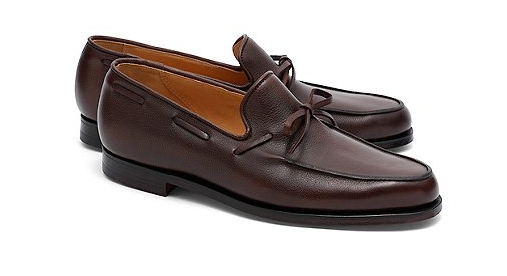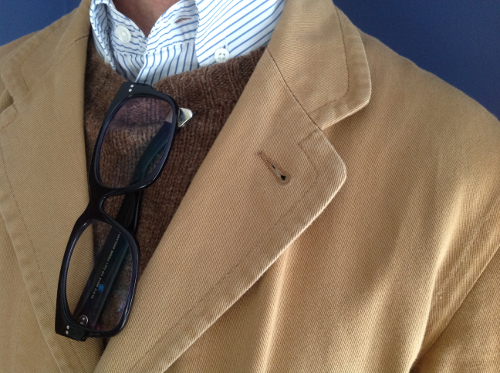Take Ivy - Our Tweedy's Gone all Yankee
The cult of Take Ivy grows. I first heard about the book on mod style forums. Mods like button-down shirts and penny loafers, which are also key pieces to the Ivy look, hence the interest. Take Ivy has long been discussed in reverent tones for its pictorial record of a distinct style that developed at Ivy League universities in the late 50s and pre-hippy 60s.
Mythical propertiesThe book was produced from the viewpoint of Japanese enthusiasts who toured the campuses in the mid-60s to capture the look - a look that Japanese adherents have taken to their hearts for the last 50-plus years. The book was printed in Japan and the original was only available in Japanese. It took on mythical properties.
Things started to move pretty quickly in recent years when excerpts from the book started to appear over the web. Word was spreading.
Take Ivy in the spotlightThe resurgence of interest in classic men's dressing puts Take Ivy back in the spotlight. And, finally, with much anticipation, an English-language version of the book was produced last year by Powerhouse Books.
Tweed jacket and Madras shortsSome of the look may be a slice of Americana too far for any self-respecting young fogey, mod or sartorial hardliner — white socks with black shoes, a tweed jacket and Madras shorts, for example. But there are also style pointers that cut through time and place, and resonate today. Partly, perhaps, because they were already established as timeless classics by the time the photographs were taken - Harrington jackets, raincoats, tweed jackets, penny loafers, chinos/khakis had all been around for a while. So it's not so much the clothes individually, which did not originate from the US in most instances. No, it's the way the clothes were worn, the combinations - and style is essentially how clothes are put together after all. It's the idiosyncrasies, the details, that matter after all. Mix in varsity jackets and sweaters, clean-cut haircuts and trousers worn very short, and the look takes on its own identity. The casual approach to dressing informs men's style today.
I'm waffling. It's a great book for anyone interested in the history of men's clothes and style.









